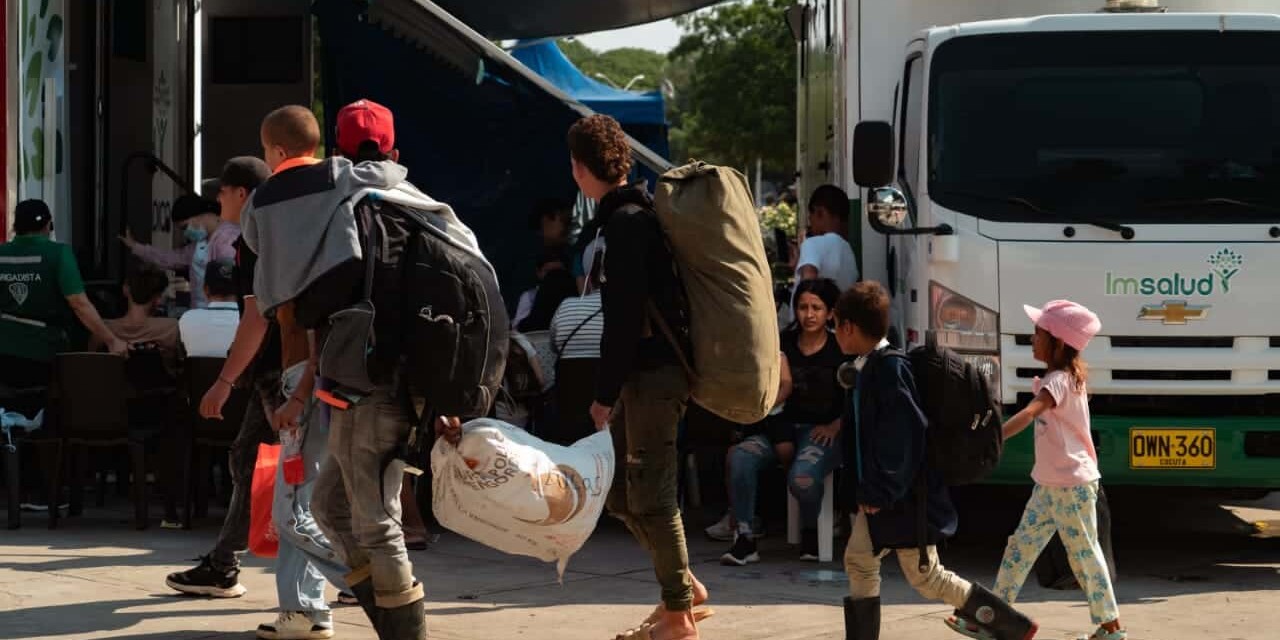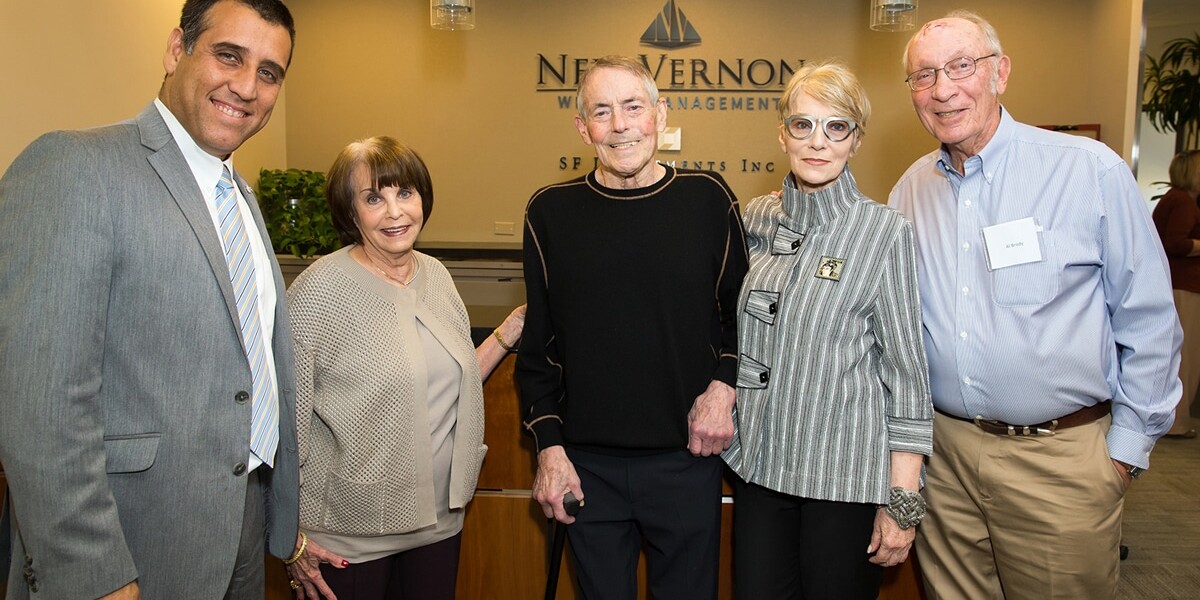When Sabaah Folayan arrived in Ferguson, Missouri, just a couple of weeks after the police shooting of Michael Brown in August 2014, her plan was to conduct a public health study. A Los Angeles native who was then in a pre-med course at Columbia University, Sabaah quickly realized that tensions were too great to focus solely on conducting academic research. Ferguson’s residents were then engaged in ongoing protests against police brutality, and where national news media devoted their coverage to episodes of violence, Sabaah saw that the protestors were coalescing into a broad-based movement calling for deep social change. Instead of returning to med school, she decided to make a documentary film that would record this critical moment.
Speaking to the audience in Chicago about the process of documenting the movement in Ferguson, Sabaah noted:
[quote]“Once we got there, it was apparent that it was not the kind of environment where we could ask people multiple choice questions. We were there to be witnesses.”[/quote]
On March 5, the Goldin Institute co-hosted a screening of “Whose Streets?” with the non-profit organization Young Chicago Authors and their annual poetry slam competition “Louder than a Bomb” at the headquarters for the Chicago Teachers Union. “Whose Streets?” premiered at the 2017 Sundance Film Festival, was picked up for distribution by Magnolia Pictures, and made its theatrical debut in August 2017.
The film depicts the lives of the young activists who were personally transformed even as they fought for social justice in the aftermath of Michael Brown’s shooting, focusing especially on Brittany Farrell, a 25-year-old registered nurse and mother of a young child. The film follows Farrell as she plays a prominent role in the large October 2014 marches that attracted like-minded protestors from around the country and organizes other demonstrations as well, including one on a highway that briefly stops traffic and results in her arrest on felony charges. While she awaits the court proceedings, Farrell marries her girlfriend – an act celebrated as “revolutionary love” by other activists – and continues to work on public protests against the discriminatory policies and practices of St. Louis-area police and other local government officials.
After the screening, the audience was treated to a performance from poet and musician Tasha Viets-VanLear, just one of the many up-and-coming artists who have participated in “Louder than a Bomb.” Sabaah then engaged the audience in a discussion about the film and conducted small group exercises reading selected texts. She explained that “Whose Streets?” is intended to be a “healing experience” that would counteract the negative images of Ferguson that were produced by the mainstream media.
“Our number one goal was to have a film that would bring beauty and dignity back to the community,” she said. “The corporate message was that (Ferguson residents) were criminals, that they were thugs and that all that was happening was looting and destruction.”
“Whose Streets?” indeed presents an alternative vision of Ferguson, Missouri, through a cohort of young organizers with an emerging sense of political consciousness and solidarity with others around the globe facing racial, religious and political persecution. As a film that reveals the personal lives of its activist subjects, it a template for a new generation committed to reshaping society. Sabaah was herself inspired by her time in Ferguson, becoming one of the principals in the Millions March NYC in December 2014, when tens of thousands marched on that city’s police headquarters to express their outrage over the failures of separate grand juries to approve charges against the police officer who shot Michael Brown as well as the officer who killed Eric Garner with a chokehold in New York that same summer.
“No one is going to bring justice to the oppressed people of the world,” Sabaah told the audience during the exercise. “We have to be our own defense.”










